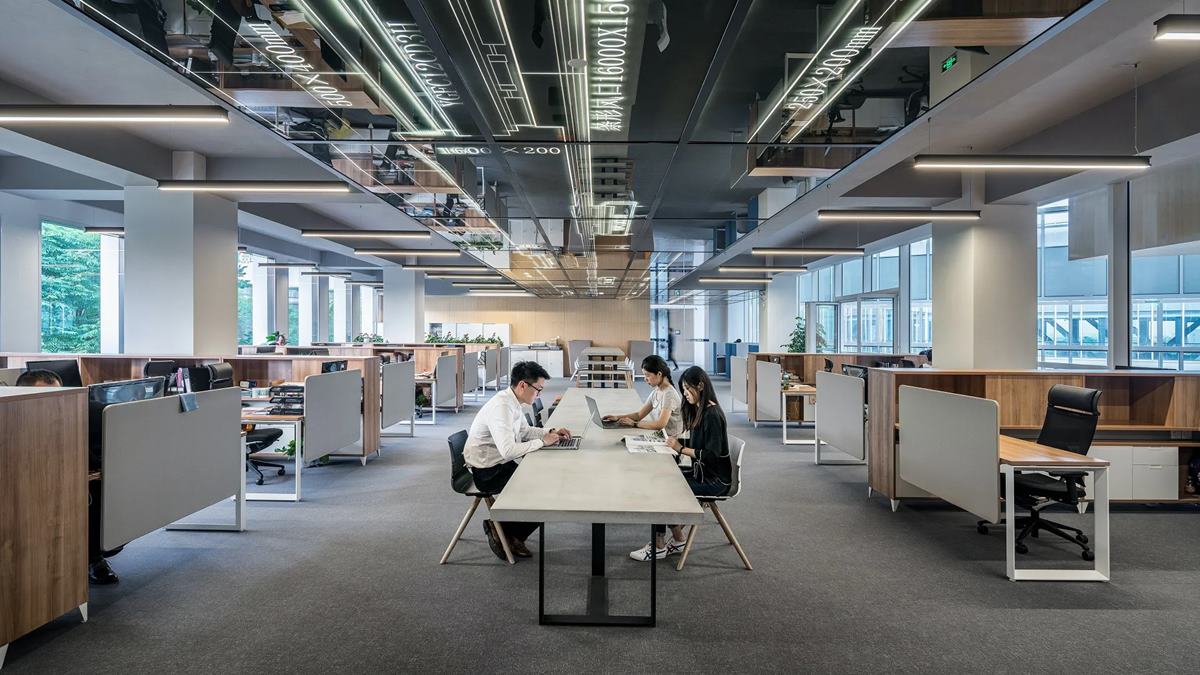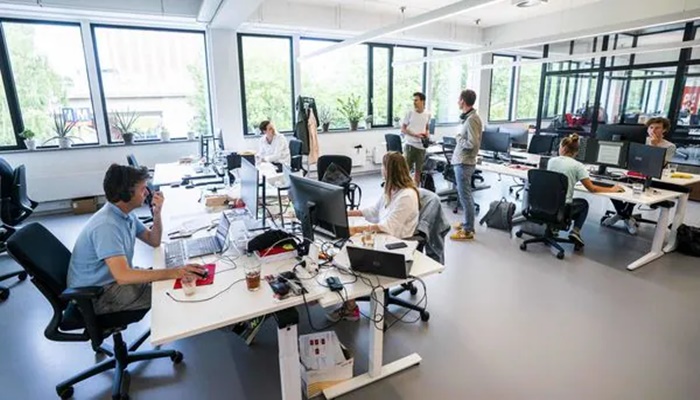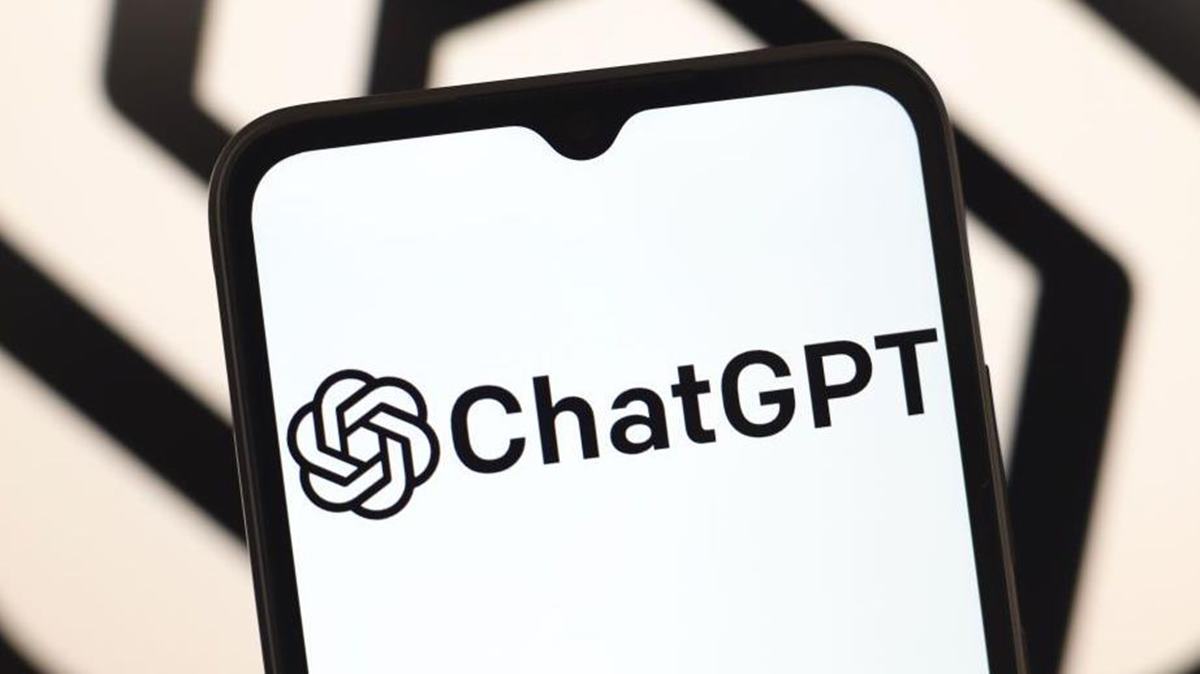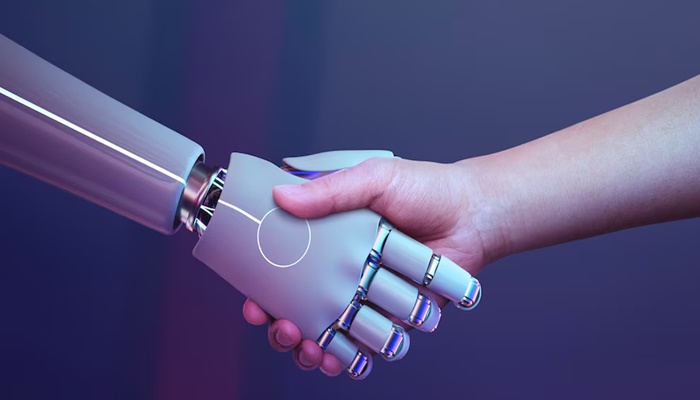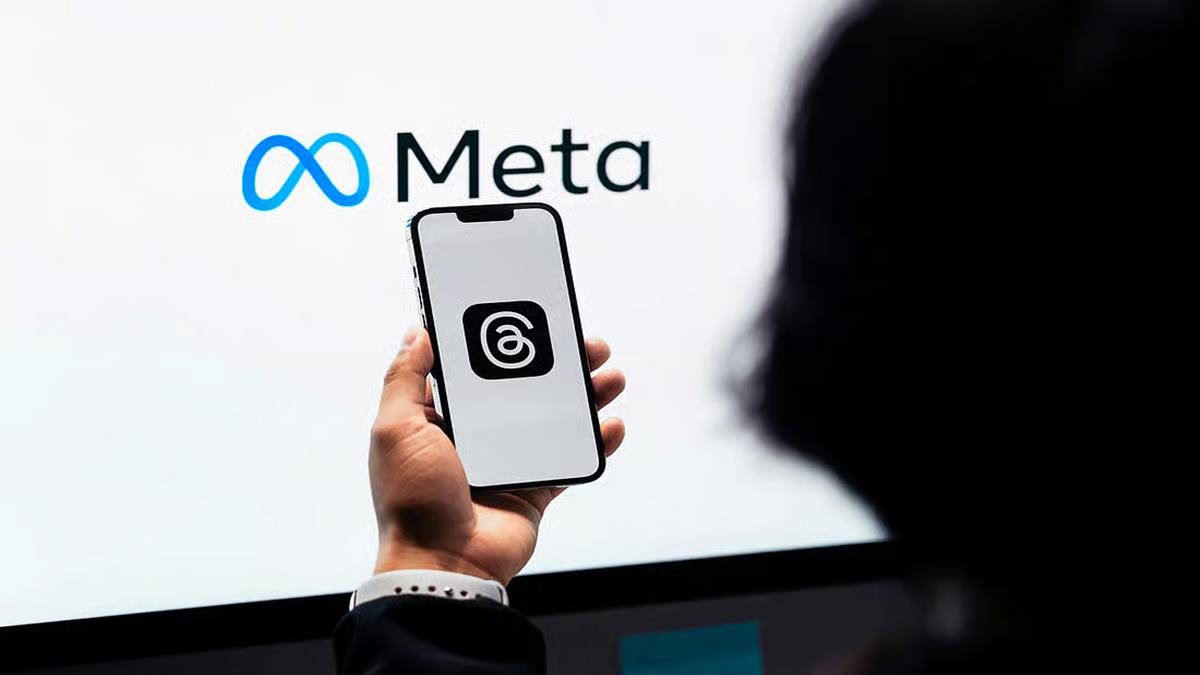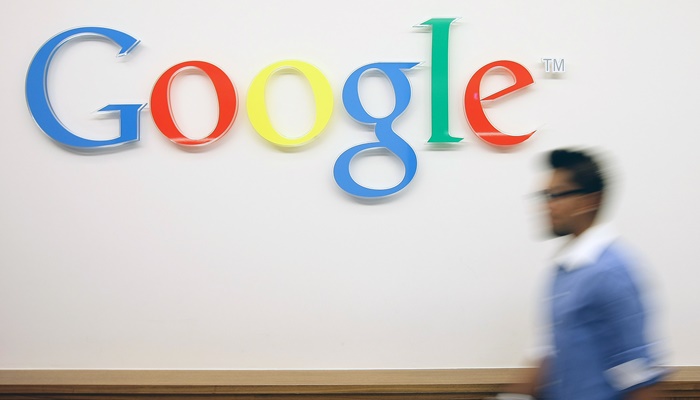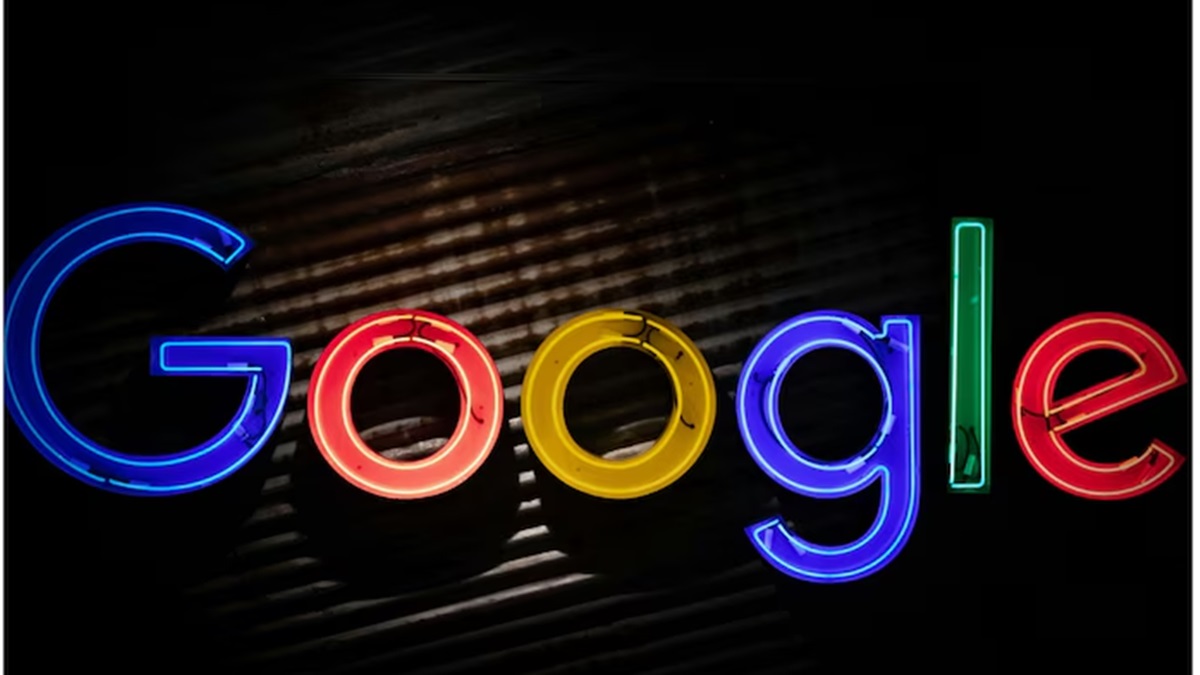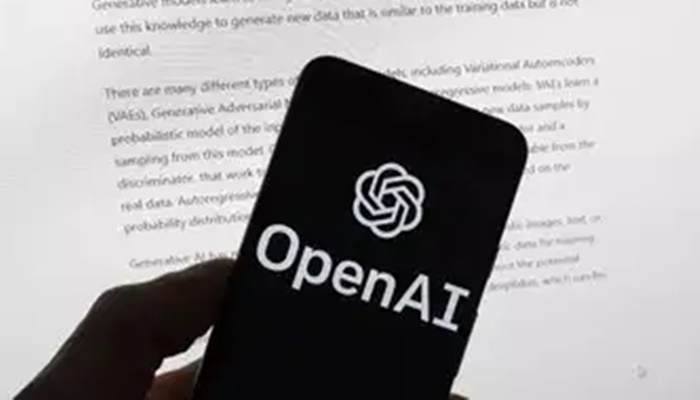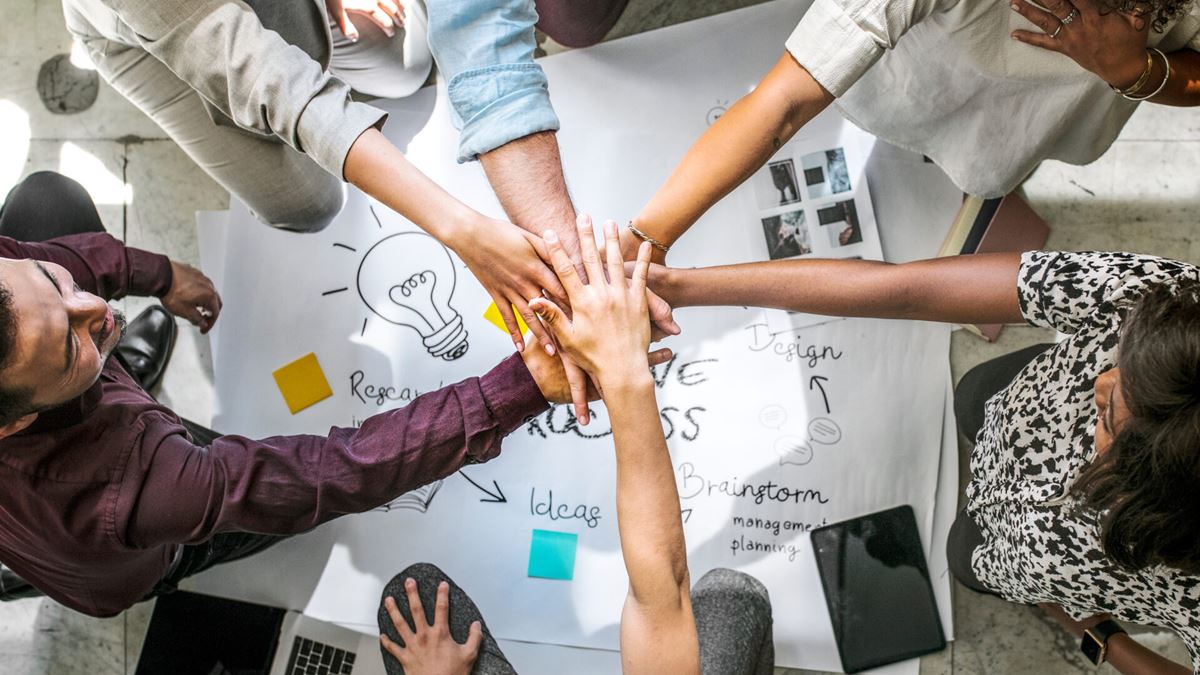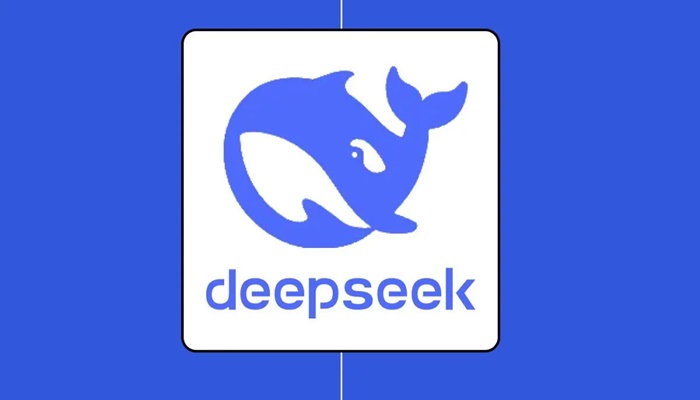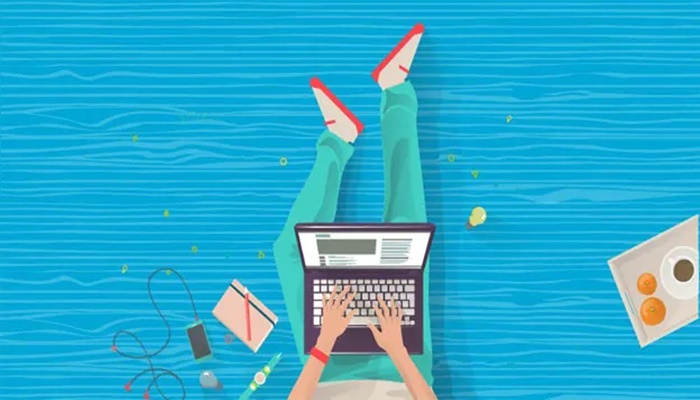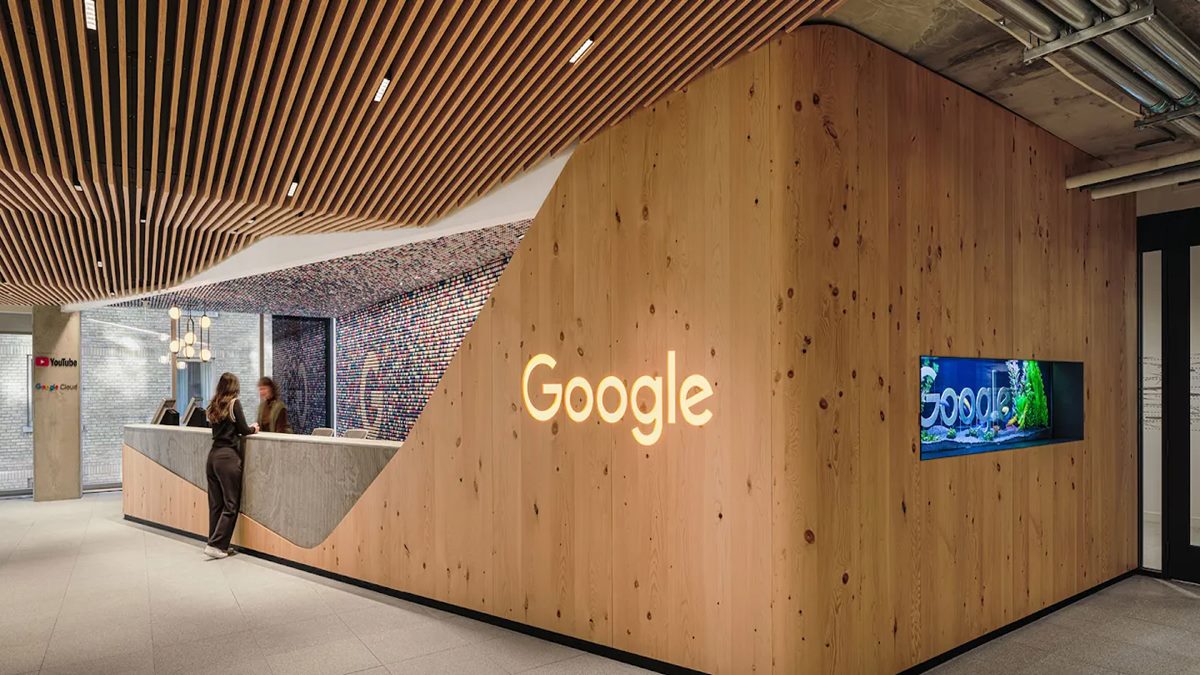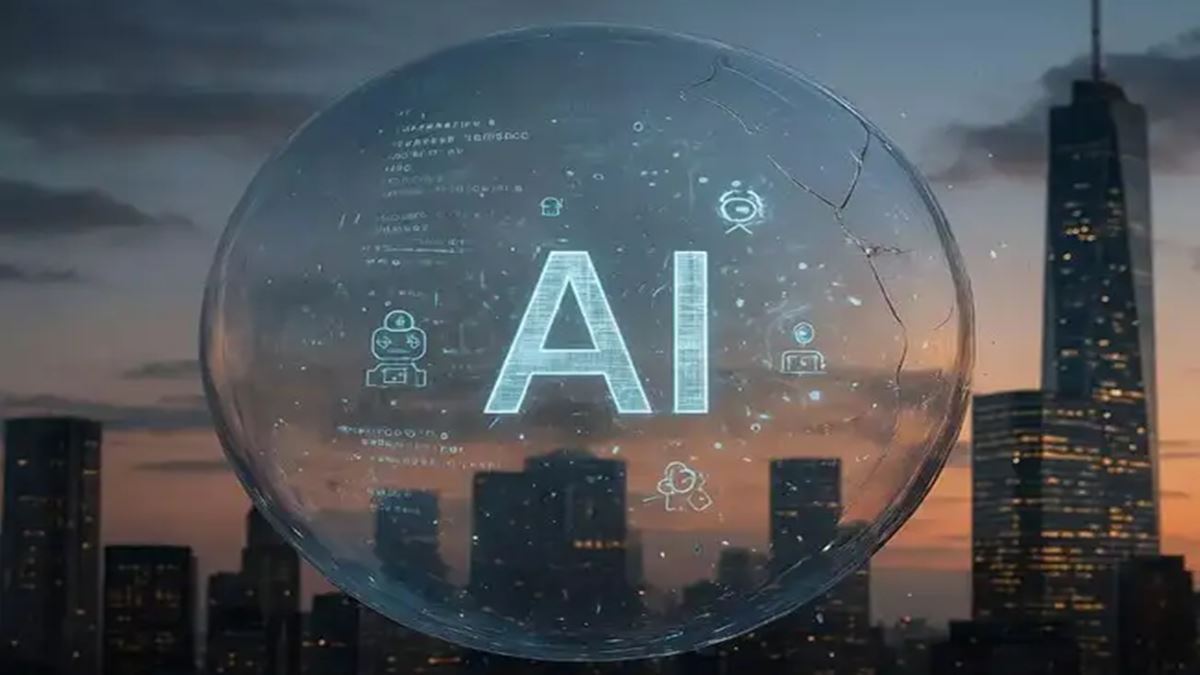Artificial intelligence has rapidly become one of the most heavily funded technologies in the world, promising to transform industries, economies, and daily life. From healthcare and finance to entertainment and logistics, businesses are betting that AI can deliver unprecedented efficiency and growth. But experts warn that this optimism may be masking a dangerous fragility: if the AI industry fails to meet its lofty expectations, the effects could ripple far beyond tech companies, potentially affecting even people who have no direct involvement.
AI Spending and Its Economic Boost
The U.S. economy is currently experiencing a surge fueled by AI investments. Big Tech companies, including Amazon, Google, Microsoft, Apple, and Nvidia, have been spending enormous sums on AI infrastructure, software, and data centers. Analysts at Pantheon Macroeconomics estimate that this investment added roughly 0.5 percentage points to GDP growth in the first half of 2025, meaning the economy might have expanded at less than 1% without it.
Business Insider reports that Amazon alone is set to double its capital investments this year, while Google and Microsoft continue aggressive AI spending. Such large-scale investment is propping up economic indicators and stock market performance, particularly for tech giants collectively driving the S&P 500’s recent gains, according to Futurism.
The Risk of Illusory Productivity
Despite the enormous spending, actual revenue from AI remains limited. The Atlantic highlights that while firms have invested over $500 billion in AI, combined earnings from these initiatives total only about $35 billion. Studies by the think tank Model Evaluation & Threat Research (METR) further reveal that AI often fails to improve real-world productivity: experienced software developers were observed to work more slowly when relying on AI tools, despite expecting gains.
This gap between expected and actual results—sometimes called the “capability-reliability gap”—mirrors past technological missteps, such as the overreliance on email in the 1980s, which initially reduced efficiency rather than improving it.
Potential Personal and Societal Impact
If the AI bubble bursts, the consequences could reach far beyond corporations. Companies might respond to disappointing results with layoffs, hiring freezes, or cost-cutting measures, creating ripple effects in the labor market. Investors could face losses, and consumer confidence might drop if economic growth slows. Futurism notes that the AI boom has become so intertwined with the US stock market and GDP that any sudden correction could affect everyday life, even for individuals not directly involved in tech or AI industries.
While AI holds enormous long-term potential, current expectations may be overly optimistic. Economic analysts warn that until AI delivers reliable, measurable results, the risks remain real.


